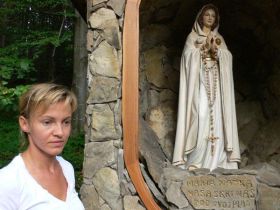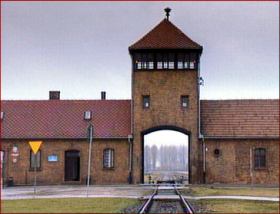


Jeremy Isaacs: A World at War

My co-blogger Allan Berg has for weeks followed the re-run of the classic documentary series, A World at War – on Danish television. The series is available in great dvd-editions – buy it as I will do and throw away the vhs editon of a series that also includes the most wonderful commentary text read by Sir Laurence Olivier.
DVD, UK-version http://www.randomhouse.co.uk/worldatwar/about_the_series.html
The “Genocide” chapter is written about by Jeremy Isaacs in this way:
“Hitler´s genocide against the Jews and gypsies, and the mass murder of others, is not a military subject. But I could not leave it out; not just because I’m Jewish, though that counted, but because I could not separate the evil of Nazi racial doctrine – Aryan supremacy, Untermensch subjection – from the Allied cause. Most people in Britain did not realise what Nazi racism in practice meant until the gates of concentration camps at Belsen and Buchenwald were opened by British troops in 1945. Auschwitz, Solibor, Treblinka – death camps – were worse. I wanted a programme that showed the camps in which millions perished, before the series came to the Reich’s nemesis in Berlin. Darlow and Bloomberg’s (afsnittets instruktør og dets forfatter) ‘Genocide’, clear, restrained, compassionate, tackled an almost impossible subject…”
Allan Berg refers to two other classics: Alain Resnais “Nuit et Brouillard” and Claude Lanzmann’s “Shoah”. Also these two are available on dvd:
http://www.amazon.fr/Nuit-brouillard-Michel-Bouquet/dp/B00008IZCD
http://www.amazon.fr/Shoah-4-DVD-Claude-Lanzmann/dp/B00005JM8V/ref=pd_sbs_d_1/403-1042762-9344448
If you pass by France go to any Fnac shop to buy them as I have done.








